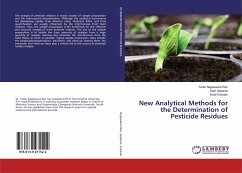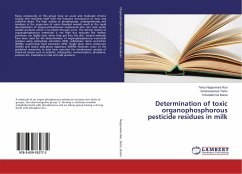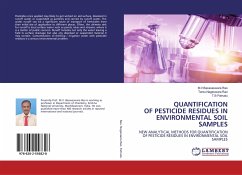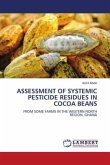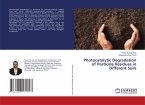Pesticide is a substance or mixture of substances used for preventing, destroying, repelling or mitigating of pests. A pesticide may be a chemical substance, biological agent (such as a virus or bacteria), antimicrobial, disinfectant or device used against any pest. Pesticides are classified into several classes and chlorpyrifos is an organophosphate pesticide. Residue analysis of chlorpyrifos was investigated in different wild plants (Ageratum Conyzoide, Melilotus Indica, Parthenium Hysterophorus) collected from different sites of Lahore, Pakistan. Analysis was carried out using High Performance Liquid Chromatography (HPLC). Ethyl acetate, acetonitrile (HPLC), methanol, dichloromethane are the solvents were used as mobile phase to achieve the best separation. The residues were not detected in 31.8% samples while 54.54% samples contained chlorpyrifos residue at or below maximum residue limits (MRL), and 13.6% samples contained chlorpyrifos residue above MRL. The highest concentration of chlorpyrifos residue (0.71 mg/kg) was found in Melilotus Indica. Study of residue analysis of chlorpyrifos in plants has the significant role to solve the environmental problems.
Bitte wählen Sie Ihr Anliegen aus.
Rechnungen
Retourenschein anfordern
Bestellstatus
Storno


